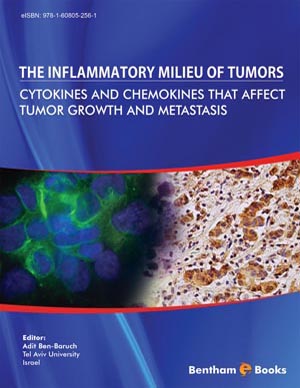Abstract
The chemokine superfamily and its 48 ligands have been divided into two groups: inflammatory and homeostatic [1]. The inflammatory chemokines were initially defined as those whose production was strongly induced in various leukocytes or lymphocyte populations upon activation. This definition seemed accurate because many of the inflammatory chemokines were known to participate in the development of inflammatory responses. Some inflammatory chemokines represent some of the highest expressed proteins produced by activated leukocytes or lymphocytes (for example, CCL3 and CCL4, previously known as MIP1α and MIP1β). We now know that these ligands play very important roles in the control of inflammatory responses.
In contrast, homeostatic chemokines were defined as those that are constitutively expressed in certain tissues or by certain cells, in the apparent absence of a triggering stimulus. This definition (and subsequent division of the chemokines) became generally accepted after the biology of a few key homeostatic ligands became understood. Probably the best ‘prototype’ of an early homeostatic chemokine is CCL21. This chemokine is unique in other ways; it exhibits 6 cysteines instead of the classic 4 characteristic of most chemokines (in fact, because of this feature we called it 6Ckine when we first described it [2]). It was initially difficult to find a tissue with a strong expression of CCL21. This was because it is almost exclusively expressed by the high endothelial venules of the lymph nodes (in both the mouse and the human). This expression pattern represented an important clue to its function.






















